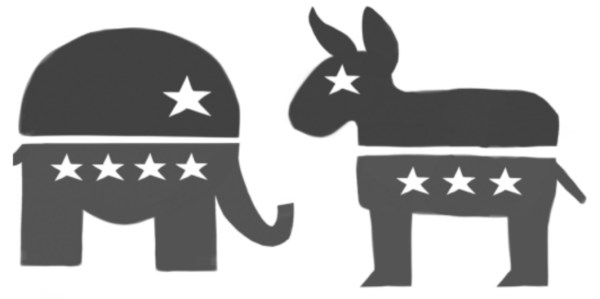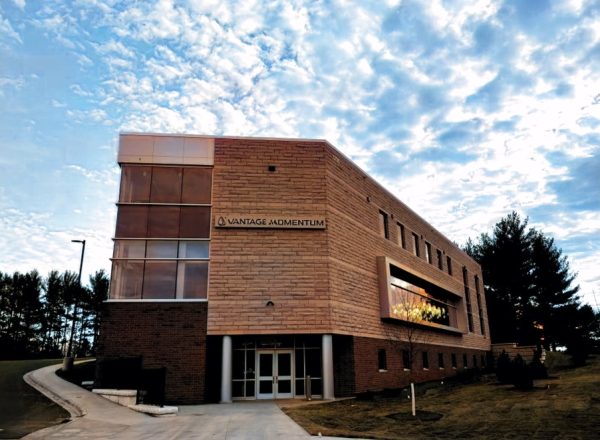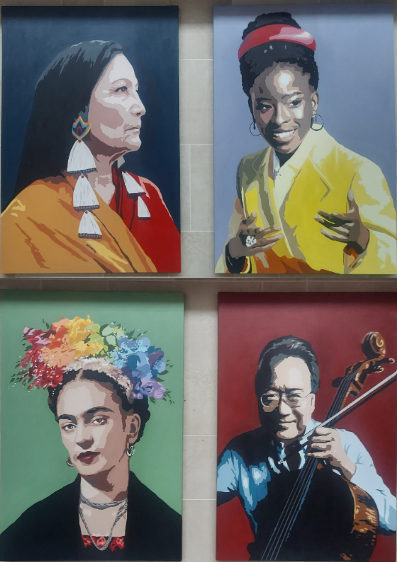Mars Rover Perseverance: Diversity and Inclusion
March 19, 2021
In the past, nearly 90 percent of astronauts that have been to space have been men. Recently, however, there have been strides to include more diverse people in these journeys in the future. On February 18, 2021, NASA successfully landed their Mars Rover, Perseverance, in the Jezero Crater. Scientists believe there may have been life on Mars, and since the Jezero Crater could have been flooded in the past, there could be life in that region. NASA has been trying to improve their diversity and inclusion and a prominent example of their improvement is the diverse team of women and BIPOC that led this expedition. Their stories have inspired people all over the world and have brought hope to the next generation.
Swathi Mohan is an Indian-American NASA scientist who confirmed the landing of Perseverance. She controls operations, is a successful aerospace engineer and led the guidance for Perseverance. In the past, she has worked on other NASA projects, such as missions to Saturn and the Moon. Mohan immigrated to India from the US when she was one year old and became fascinated with space when she watched the first episode of Star Trek.
In a virtual interview with President Biden, Mohan said, “In addition to those fantastical scenes of space, what really captured my attention was this really close-knit team which was working together, manipulating this technological marvel with the sole purpose of exploring space and understanding new things and seeking new life.”
Her role in the Mars rover Perseverance’s landing was essential for a safe and successful finish to the project.
Another influential member of the team was Mohegan Cooper, a half Black and half Korean American. She helped with the Mars rover landing by leading the team responsible for making sure there were no contaminates left by the rover.
When asked about the improved diversity in NASA, Cooper said, “There’s no perfect team out there, you know? Diversity can always be improved. But man, when I look around and I see women leaders and engineers, it just warms my heart.”
Clayton Turner, the first Black director of NASA’s Langley research, said, “Diversity is a hallmark of NASA – after all, we wouldn’t be the agency we are without it.”
According to Turner, NASA understands the importance of diversity. However, even with more diverse members in the Mars rover landing team, NASA still has to work to improve their diversity and inclusion.
Around 72% of the employers are White or Caucasian, 12% are Black or African American, 8% are Asian or Pacific Islander, 7% are Hispanic or Latino, 1.1% are American Indian or Alaska Native, and 0.3% are more than one race. A large percent of NASA’s workforce are men, with only 11.5% being women. From the total of 565 people that have been to space, only 65 have been women while only 24% of space travelers are people of color.
Maya Silver, ‘21, is one of the student leaders for the Women in STEM club at Minnetonka. When asked about her opinion on NASA’s current workforce data, she expressed her mixed feelings on the program’s efforts to include diversity.
“It is exciting to see the push for diversity within NASA, and it was especially exciting to see a woman of color, such as Swati Mohan, as the Operations lead on the Perseverance mission,” said Silver. “Still, clearly, NASA is lacking in its diversity and under-representing both people of color and women, and they have a ways to go.”
There has been a huge improvement on inclusion and diversity in NASA’s current workforce and the stories of people like Swathi Mohan and Mohegan Cooper will continue to inspire the next generation. However, even though NASA has made large strides to include more people of color and women in their team, they still have work to do.































